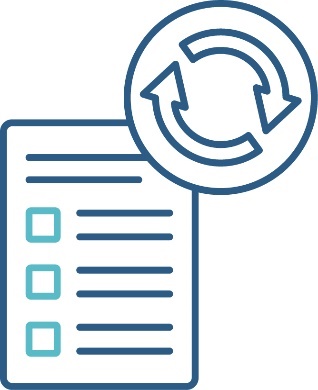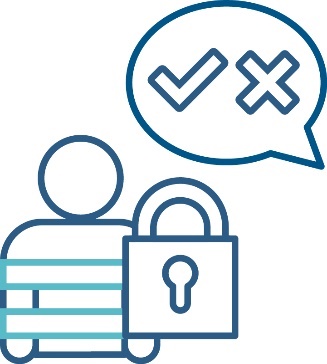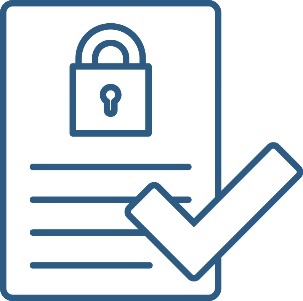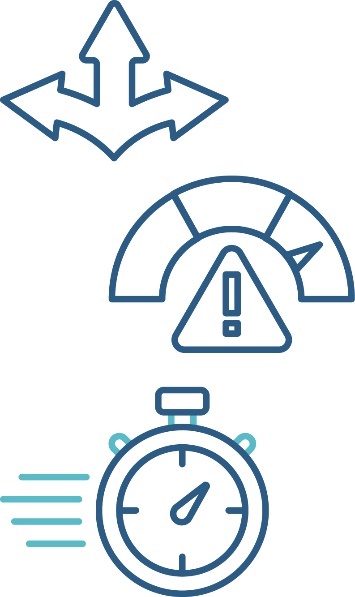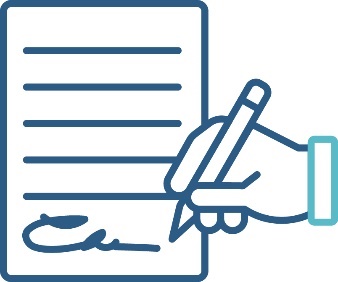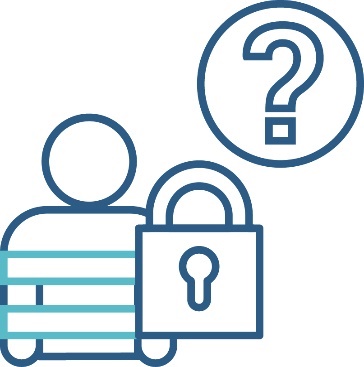About Quality Assurance Panels
|
|
In this bulletin, we talk about Quality Assurance Panels. A Quality Assurance Panel is a group of people who check behaviour support plans. |
|
|
A behaviour support plan is a document that explains what support a person with disability needs. |
|
|
Quality Assurance Panels decide if a restrictive practice can happen. |
|
|
Quality Assurance Panels follow the rules in our policy about restrictive practices. |
|
|
Quality Assurance Panels make sure that behaviour support plans include ways to:
|
|
|
Quality Assurance Panels also need to make sure that other people have a say in creating behaviour support plans. |
|
|
This includes:
|
Who can be on a Quality Assurance Panel
|
|
A Quality Assurance panel must always have at least 2 members. They will decide if a restrictive practice can happen. |
|
|
A Quality Assurance Panel must always have:
or
|
|
|
A delegate is a person who:
|
|
|
The senior manager or their delegate must:
|
|
|
A Quality Assurance Panel must always have an external behaviour support practitioner. |
|
|
External behaviour support practitioners are people that:
|
|
|
They don’t:
|
|
|
Other people can go to the Quality Assurance Panel meeting. But these people can’t decide if a restrictive practice can happen. |
|
|
Quality Assurance Panels can happen:
|
|
|
There might be more than one provider that uses restrictive practices in a person’s behaviour support plan. |
|
|
When this happens, these providers should try to be on the same Quality Assurance Panel. |
|
|
If the behaviour support plan changes, the Quality Assurance Panel will need to meet again to check the plan. |
|
|
They will need to decide what restrictive practices will be in the new behaviour support plan. |
What Quality Assurance Panel members must do
|
|
Members of a Quality Assurance Panel must understand what the restrictive practice will look like before they agree it can be used. |
|
|
Members of a Quality Assurance Panel must also agree that the restrictive practice will keep a person with disability and the people around them safe. |
|
|
Members of a Quality Assurance Panel need to check the restrictive practices against the principles in our policy. |
|
|
Principles are important ideas we should always think about. |
|
|
The principles in our policy make sure that providers:
|
Members of a Quality Assurance Panel also need to make sure that: |
||
|
|
|
|
|
|
A conflict of interest is when someone could affect a decision so the result is better for them. |
|
|
|
If a member thinks they might have a conflict of interest, they must tell the other Quality Assurance Panel members. |
|
|
|
A member must also explain how they will manage the conflict of interest. |
|
|
|
All members of a Quality Assurance Panel must agree on all of these things before a restrictive practice can happen. |
|
|
|
Members of a Quality Assurance Panel must include all of this information in the ‘Outcome Summary Report’. This is the report that the Quality Assurance Panel members must sign after their meeting. |
|
|
|
It explains the reasons why the Quality Assurance Panel decided a restrictive practice can happen. |
|


















